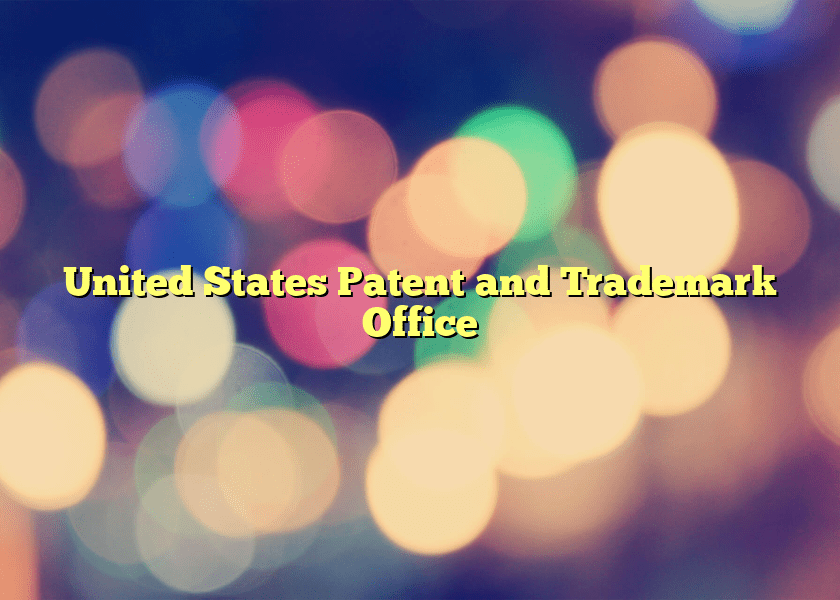United States Patent and Trademark Office
KWD: 13/439 = 2.96%
United States Patent and Trademark Office
United States Patent and Trademark Office issued patents to inventors in the United States. They can also entertain patent applications from other parts of the globe. United States Patent and Trademark Office allow bestow the right on inventors to exclude others from making, using, or selling their invention in the United States. In exchange for this grant, the inventors must disclose their invention to the public in the form of a patent application.
Patents are issued by the United States Patent and Trademark Office to any person who invents or discovers any new and useful process, machine, manufacture, or composition of matter, or any new and useful improvement to an already patented invention. Practically anything made by humans, subject to the conditions and requirements of the law, is patentable. A patent is granted by United States Patent and Trademark Office upon the invention, not upon merely the idea or suggestion of a new invention. The United States Patent and Trademark Office examiners do not verify that an invention works or that it can ever be, or never has been, built. They try only to correctly verify that the invention is patentable and has not been patented in the U.S. before. There is only one United States Patent and Trademark Office in the U.S. It is located in Arlington, Virginia, close to Washington, DC.
The job to determine the patentability of an invention fell on the shoulders of the United States Patent and Trademark Office examiner. After the patent application has been filed with the United States Patent and Trademark Office, the examiner carefully reviews the application in order to determine the invention’s patentability. After the application has been filed in the United States Patent and Trademark Office it is assigned to a patent examiner, and the issues surrounding patentability are defined. The patent lawyer or agent seeks to obtain favorable final action for the applicant. If the patent lawyer succeeds, the United States Patent and Trademark Office confer on the patent owner the right to exclude others from making, using and selling the invention in the U.S. for a term which is normally twenty years for the date of filing of the patent application, unless extended under certain exceptional circumstances. On the other hand, if the United States Patent and Trademark Office examiner decides that the invention is not patentable, the applicant, with the lawyer’s assistance, may appeal the decision to the United States Patent and Trademark Office Board of Appeals. If the Board’s decision is unfavorable, a further appeal may be taken to the U.S. Court of Appeals for the Federal Circuit.
